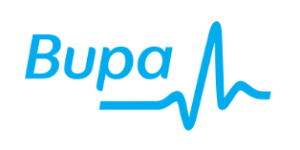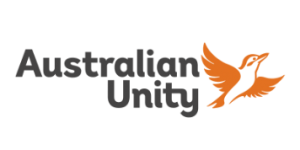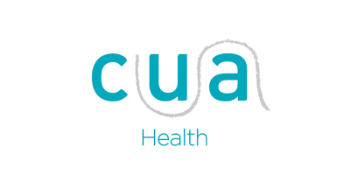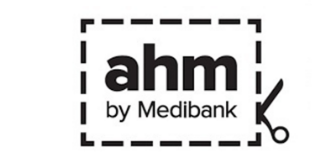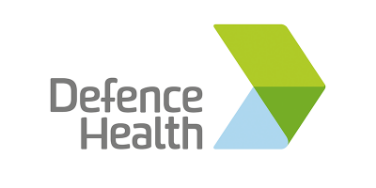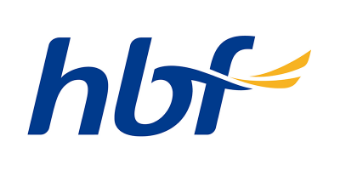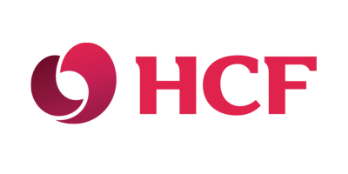Are you looking for a way to improve and eradicate your shoulder pain in Brisbane? Our Myotherapists at Knead can help with many shoulder conditions.
The shoulder is a dynamic and mobile ball and socket joint. It is designed to perform more movements than any other joint in the body – such as throwing – so it is more about movement than stability.
Rotator cuff syndrome is a blanket term for a number of common shoulder conditions.
Book your Shoulder Pain Treatment
What’s a Rotator Cuff?
The shoulder is controlled by a group of four relatively small muscles subscapularis, supraspinatus, infraspinatus and teres minor ) collectively referred to as the rotator cuff.
As the name suggests – the muscles of the rotator cuff perform shoulder rotation movements.
They also controls and stabilises the shoulder joint (hence why it’s a cuff – that attaches the arm to the shoulder) – by keeping the ball and socket joint in place through the complete range of movements.
What are Common Shoulder Pain Injuries?
The rotator cuff muscles and tendons can suffer a number of conditions – including tendinopathies link, rotator cuff tears, bursitis link (inflammation of fluid filled shock absorbers called bursa) and shoulder impingement (where calcium builds up and forms bony spurs in places they shouldn’t be).
Research concludes that very few conditions apart from full thickness rotator cuff tears require surgery.
Don't let shoulder discomfort hold you back!
What Causes Rotator Cuff Syndrome?
The main causes of rotator cuff injury are:
- an accident or fall
- general wear and tear with age.
- poor posture
- overloading of the joint caused by heavy lifting
- repetitive shoulder movement – from sports like volleyball, weight lifting and jobs like painting or being a mechanic
https://www.healthdirect.gov.au/rotator-cuff-injury
The rotator cuff muscles fix the arm onto the shoulder blade. The tendons of the rotator cuff are situated beneath the bony point of your lateral shoulder – the acromion. The acromion is designed to protect the rotator cuff – but because of postural dysfunction and poor lifting techniques – can become inflamed from recurring rubbing.
Between the acromion and the tendons is a structure called a bursa.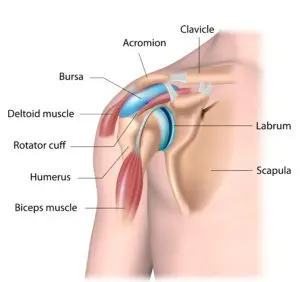
The sub-acromial bursa creates a buffer between the rotator cuff tendons and the bony acromion, this prevents the tendons from rubbing directly on the bone and provides a low friction surface for the tendons to glide over. When this structure is subjected to repetitive ongoing use, it can lead to inflammation in the bursa and eventual irritation of the tendon. This will cause shoulder pain and increasing dysfunction.
What are the Symptoms of Rotator Cuff Injury?
- shoulder pain that extend to the elbow.
- weakness or pain when attempting to reach or lift.
- pain when putting your hand behind your back or head.
- pain or clicking when the arm is horizontal or overhead.
- pain when lying on the shoulder.
- shoulder pain at rest
Book your Shoulder Pain Treatment
How is a Rotator Cuff Injury Diagnosed?
It is important to determine the nature of your rotator cuff injury – usually tendinopathies and bursitis occur together. Impingement usually occurs with both of these pathologies, but it can happen independently. Tears are usually easy to diagnose – because there will have been an acute episode – such as falling down while skiing, a football or basketball contact incident. It can be useful to obtain ultrasound when dealing with a suspected tear in order to ascertain the severity of the pathology.
Your Myotherapist will ascertain if you have a rotator cuff injury during the assessment after discussing your history and performing a comprehensive physical examination.
X-rays are useful to determine if the shoulder is “impinged” by a spur and also to rule out several conditions including arthritis.
Ultrasound is the clinical standard for diagnosing tendon damage and bursitis associated with specific rotator cuff injuries.
MRI is useful but not necessary for the majority of rotator cuff pathologies.
How do you Treat a Rotator Cuff Injury?
Your Myotherapist will assist you in rehabilitating your rotator by:
- Early Injury Identification: Pain Relief & Anti-inflammatory Tips
- Restoring Range of Motion
- Restore Normal Shoulder Function and motor control
- Build Rotator Cuff Strength and Motor Control
- Restoration of Speed, Power and Agility
- Return to previously challenging activities – Sports and Work.
Common Rotator Cuff Injuries – Rotator Cuff Syndrome
- Rotator Cuff Calcific Tendinopathy (to any of the four rotator cuff muscles)
- Rotator Cuff Tear (to any of the four rotator cuff muscles)
- Bicep Tendinopathy
- Shoulder Impingement (Sub Acromial Impingement – SAI)
- Shoulder Tendinopathy
- Swimmer’s Shoulder
- Sub Acromial Bursitis
Related Posts
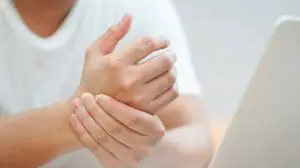
Wrist RSI
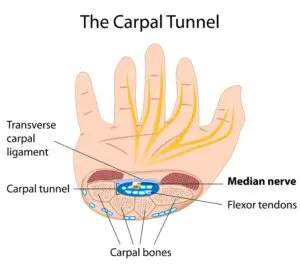
Carpal Tunnel Treatment Brisbane
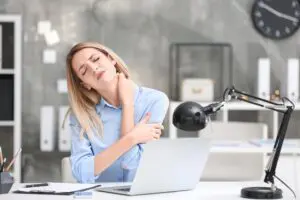
Neck Pain Brisbane
https://thesports.physio/rotator-cuff-tears-cables-and-crescents/
https://thesports.physio/shoulder-impingement-some-extra-thoughts-2/
https://www.healthdirect.gov.au/rotator-cuff-injury
Shoulder Pain Brisbane Exercises
Watch Chris Littlewood on Exercises for Rotator Cuff Tendinopathy Video

Roger Morelli


Latest posts by Roger Morelli (see all)
- Lymphatic Drainage Massage Benefits - October 18th, 2024
- Lymphatic Compression Pump Therapy Brisbane - October 16th, 2024
- Lymphoedema Brisbane - October 14th, 2024


